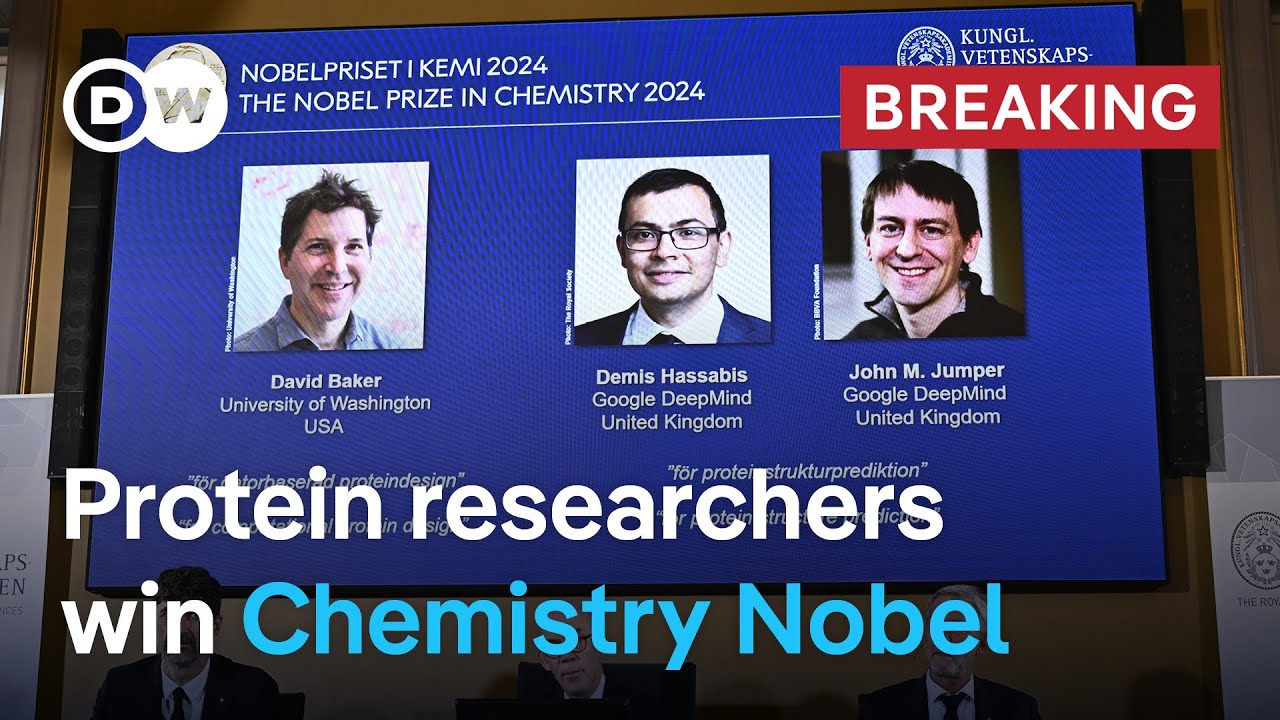The 2023 Nobel Prize in Chemistry was awarded to David Baker, Demis Hassabis, and John Jumper for their groundbreaking work in using artificial intelligence to predict protein structures and design new proteins, significantly advancing the field of protein research. Their innovations have the potential for real-world applications, such as creating enzymes to break down plastic waste, highlighting the intersection of AI and scientific inquiry.
The 2023 Nobel Prize in Chemistry has been awarded to three scientists: American David Baker and UK-based researchers Demis Hassabis and John Jumper. Their groundbreaking work focuses on proteins, which are essential building blocks of life. The Nobel Prize committee recognized their significant contributions to understanding and predicting the three-dimensional structures of proteins based on their amino acid sequences, a challenge that had long been deemed impossible.
In 2020, Hassabis and Jumper made a breakthrough by utilizing artificial intelligence to accurately predict the complex structures of virtually any known protein. This achievement opened new avenues for scientists, allowing them to understand protein folding and function better. Their work has been instrumental in advancing the field of protein research, which is crucial for various scientific and medical applications.
David Baker’s contribution complements this by developing computational tools that enable the design of entirely new proteins with unique shapes and functions. This capability allows researchers to create “designer proteins” that can be tailored for specific purposes, potentially leading to innovative solutions in medicine and biotechnology. The combination of these advancements represents a significant leap forward in protein science.
The Nobel Prize this year reflects a broader trend in recognizing the intersection of various scientific disciplines, particularly the role of artificial intelligence in advancing research. The awards for physiology and physics also highlighted similar themes, showcasing how AI and neural networks are transforming our understanding of biological processes and materials. This unified approach underscores the collaborative nature of modern scientific inquiry.
The implications of this research extend beyond theoretical advancements; they hold the potential for real-world applications. For instance, the ability to design proteins that can break down plastic waste could address pressing environmental issues. By creating enzymes that specifically target plastic molecules, scientists could develop effective solutions for pollution, demonstrating how this research can lead to significant benefits for humanity and the planet.
